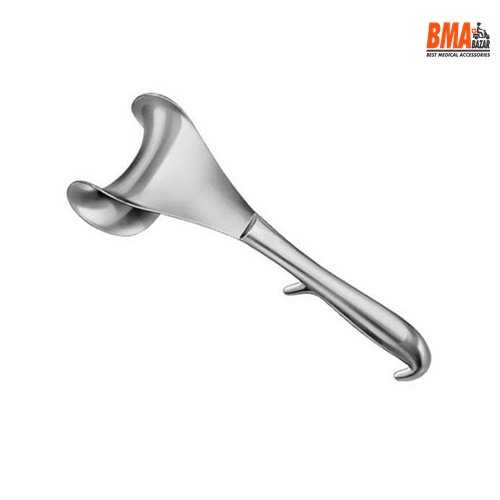
Abdominal Relatractor (Large)
৳ 1265.00
Surgical retractors help surgeons and operating room professionals hold an incision or wound open during surgical procedures. They aid in holding back underlying organs or tissues, allowing doctors/nurses better visibility and access to the exposed area.
The right retractor and medical device lighting will bring comfort and light directly into the surgical cavity where it is needed. If you're a physician, surgical rotation can be strenuous on your arms and if you're a patient you want the best care.
Retractors play a crucial role in surgery. Today they come in different sizes, shapes and designs. Surgical retractor lighting could allow surgeons to better navigate in deep or minimally-open cavities. Better visibility during and at the end of surgery is beneficial to both the surgical team and patient.
Most surgical instruments can be classified into 4 basic types:
- Cutting and Dissecting
- Clamping and Occluding
- Retracting and Exposing
- Grasping and Holding
Given our expertise in self retaining retractors with integrated lighting, we thought it prevalent to discuss number three (Retracting and Exposing). And share some of the instruments used today with their similarities and differences.
There are two broad categories of retractors:
1. Hand Retractors - (Manual) must be held by an assistant, a robot or the surgeon during a procedure.
2. Self Retaining Retractors - (Stay open on their own) have a screw, ratchet or some type of clamp to hold the tissue by itself. These allow the surgeon with two free hands.
Retractors fall under the "Retracting and Exposing" instruments used in the OR. The various types of retractors are usually named after the organ which they are used in conjunction with.
For example, retractors which are used to retract an abdomen, are called abdominal retractors or self retaining abdominal retractors. If it's your skin being handled, there are specific skin retractors.